Athletic sportswear has been a competitive market for decades, but in recent years after a global pandemic, fitness and health are even more of a priority. This Lululemon SWOT analysis will highlight how this athletic brand has stayed ahead of its Lululemon competitors but where it will need to stay ahead to justify its pricey athletic wear. Lululemon competitors such as Under Armour, Nike, and Adidas all have their work cut out for them!
Table of Contents
Lululemon Athletica History
Lululemon Athletica Inc. is a multinational Canadian athletic apparel store with its headquarters in British Columbia and its U.S. incorporation in Delaware. Lululemon Athletica Inc. designs distributes and sells athletic wear and accessories for both men and women through its subsidiaries. Dennis J. Wilson started the company, which has its headquarters in Vancouver, Canada.
There are two major business segments of Lululemon company “Company-Operated Stores” and “Direct to Consumers”. The company sells pants, shorts, tops, and jackets for a healthy lifestyle and athletic activities like yoga, running, and training. The popular brand Lululemon creates its products to satisfy consumer desire. Water bottles, mats, sports bags, and other items are available from the company’s store for men, women, and kids. But since the majority of their collections are for women, it is mostly a brand for women. Additionally, it also sells footwear and accessories for exercise.
The company sells its products through a network of company-operated stores, outlets, and warehouse sales, an interactive workout platform, a network of wholesale accounts, including yoga studios, health clubs, fitness centers, temporary locations, and license and supply contracts, as well as directly to consumers through mobile apps and the lululemon.com e-commerce website.
Lululemon operates 406 stores across its network, including locations in 12 nations in North America, Europe, Australia, and Asia. Locations representing the Lululemon subsidiary brand Ivivva, a collection of athletic apparel designed with young women in mind, are part of this network. Lululemon’s competition is getting worse with time because of a lot of new entries in the sportswear industry.
Lululemon Company- At A Glance
| Company’s Name | Lululemon Athletica |
| CEO | Calvin McDonald |
| Company Type | Public |
| Year Founded | 1998 |
| Number of Employees | 15,700 (February 2019) |
| Annual Revenue | US$ 3.98 Billion |
| Founder | Chip Wilson |
| Area Served | North America, Asia, Europe, Oceania |
| Headquarters | Vancouver, British Columbia, Canada |
| Operating Income | US$ 705.84 million |
Video: Lululemon Competitors Have Strong Competition
Lululemon SWOT Analysis
An analysis of your company’s strengths, weaknesses, opportunities, and threats is called SWOT Analysis. It is a planning process that aids in overcoming obstacles and identifying potential new business prospects. By taking Lululemon’s strengths, weaknesses of Lululemon, threats of Lululemon as well as opportunities in Lululemon into account, we may better gain in-depth knowledge about the Lululemon company. In this article, we’ll be looking at the Lululemon SWOT analysis framework to better understand its competitive position and potential for future growth. Read on to learn more about their Strengths, Weaknesses, Opportunities, and Threats.
Strengths of Lululemon in SWOT Analysis
A company’s strengths are those areas where it performs better than average or in a way that sets it apart from its competitors. The Lululemon strengths are outlined in this Lululemon SWOT analysis article.
Innovative Products: Lululemon stands out from the majority of other brands by offering customers high-quality products with unique features. When deciding on their marketing plans and tactics, they take the community into account, which aids in their growth.
Customer Centric business model: With the use of customer feedback, Lulu can replicate better items in accordance with customer needs and wants because of its customer-centric business model. This will increase the likelihood of success by allowing them to customize their products for the industry they serve.
Strong brand awareness: In the retail (apparel) sector, Lululemon Athletica products enjoy strong brand awareness. This has allowed the business to charge more than its rivals in the retail (apparel) industry.
Strong financial position: Financial stability of a company is very important to deal with fierce competition. With sales of 928.8 million in the most recent quarter, Lulu Lemon is in a solid financial position. The business should take advantage of the opportunities.
Good brand reputation: The company is well known for its talented, helpful employees and excellent customer service. Additionally, they consider their nearby customers, which has grown their local market.
Extensive research: White Space, Lululemon’s huge Research & Development division, works assiduously to bring new features to raise the caliber of its products.
Lululemon SWOT Analysis Weaknesses
A company’s weaknesses are factors that restrict its potential, lower its ability to compete, and restrict it from accomplishing its objectives. After reviewing Lululemon’s strengths in this phase of the Lululemon SWOT analysis, we’ll look at some of Lululemon’s weaknesses.
Highly expensive products: Despite the fact that Lululemon’s items are creative, they cost more than products from competitor brands like Nike and Under Armour. Also, if a customer has the choice to convert to a less expensive option, they will, especially if the alternate options also provide wonderful benefits.
Lack of online presence: The marketing for Lululemon needs improvement. The company has a far smaller web presence than its rivals, which prevents it from attracting many customers. Because of this, Lululemon’s brand recall is also lower.
Limited customer reach: Brand reach should be as greater as possible. Since its competitors like Nike, Adidas, and Fila have a wide reach, the brand’s low global presence is a weakness that keeps it in second place.
Lack of supplier loyalty: Supplier loyalty is low since Lululemon Athletica has a history of developing innovative ideas to lower costs throughout the supply chain. Supplier loyalty is significant in a company’s success.
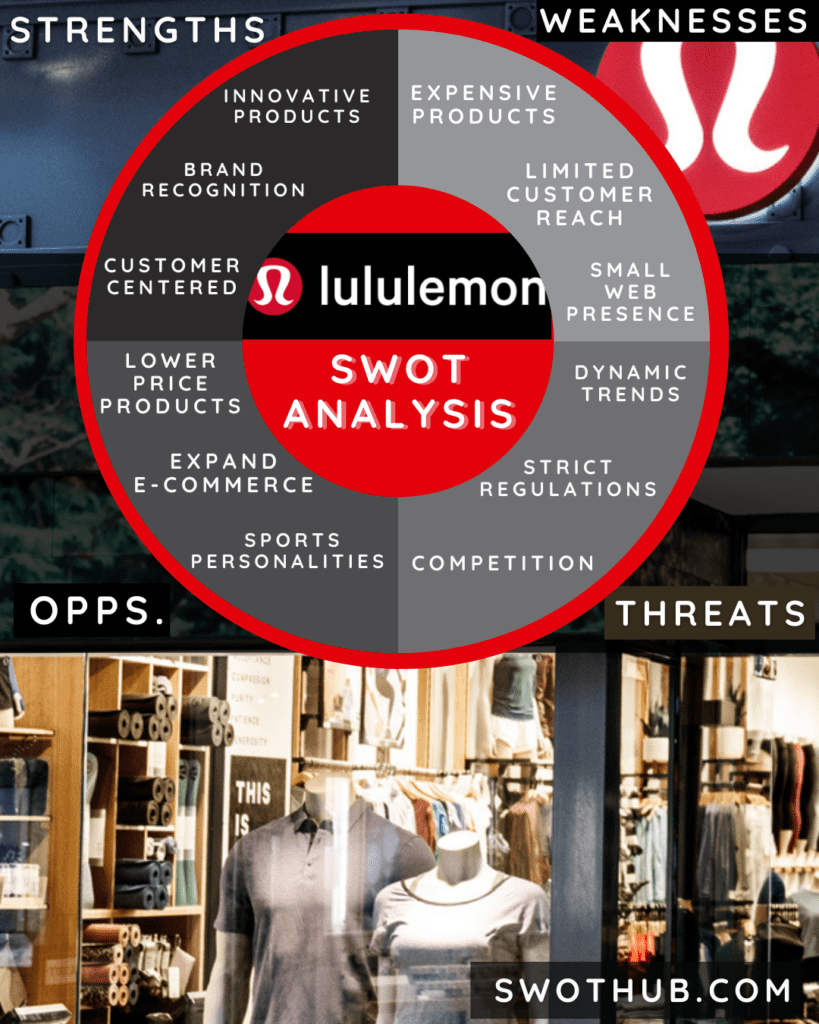
Lululemon SWOT Analysis Opportunities
Lululemon Company exists in a World full of opportunities. The following portion of the Lululemon SWOT analysis will examine some of the Lululemon opportunities:
Global expansion: The brand’s business can grow dramatically if it can expand its global reach. The firm has to open additional physical outlets in China and India, where the retail industry is promising.
E-Commerce: The internet and everything else being online are the norms today. If Lululemon uses the internet retail area wisely, it could actually gain a significant competitive advantage. If they have an advantage in internet sales, which have grown more popular since the global pandemic swept the world, they can fight quite forcefully with their larger rivals.
Inexpensive products: Lululemon needs to think about offering some less-priced products if it wants to grow its customer base. More customers will come in, and the brand will have a more prominent presence.
Extensive marketing: Marketing plays an important role in product success. With extensive marketing and the use of sports personalities in their campaigns, Lululemon can increase its reach.
Lululemon Threats in SWOT Analysis
Any business’s stability and profitability are in danger from threats. Some of Lululemon’s threats that are critical to discuss will be covered in this article on the Lululemon SWOT analysis.
Intense competition: As the sports retail business is seeing fast growth, Lululemon is constantly in danger. Lululemon may face challenging competition as other rival brands like Nike, Amazon, Gap, and Under Armour work to expand their markets.
Lululemon Competitors
The main Lululemon competitors in the sportswear industry are responsible for Lululemon’s competition.
Lululemon Competitors include:
Lululemon is a premium brand with pricing that is higher than those of some of its rivals. So, one of the major risks for Lululemon is its relatively costly items. The company charges more pricing than its rivals Nike and Under Armour because it has a strong research and development staff for creating high-quality fabric.
Increased resources needed: It is really tough to just decide to run your business internationally. To make it possible, a lot of resources are needed. The organization faces an extremely difficult road ahead and numerous obstacles.
Dynamic trends: The apparel and sportswear industries have extremely erratic patterns. If your product is in line with consumer trends, your brand will succeed. You would lose every item you have if you somehow made the error of forecasting the trends.
Strict local rules & regulations: While Lululemon will try to expand its business, it can face strict local government laws and regulations. The controversies in upper management may prevent the company’s growth.
Lululemon SWOT Analysis Recommendations
So, it is concluded that Lululemon is the top sportswear brand in the world as it offers world-class sportswear product range. With the help of its excellent business strategy, Lululemon has developed a leading LULU brand for athletic wear. The business has already begun to plan its global development into Asia and Europe. In the Asian market, it intends to open 10 to 20 stores.
The key obstacles include growing competition, shifting fashion trends, poor brand recall, and a small market share. To address these issues, Lululemon needs to increase the variety of products it offers and expand into new markets. Lululemon must expand in order to thrive in the competitive sports clothing sector. On the basis of Lululemon’s SWOT analysis, the following recommendations are made for the company:
- To attract more customers, Lululemon needs to improve its marketing plans and initiatives.
- The brand must offer a selection of less expensive products to draw in more people.
- To grow its business, Lululemon needs to target more developing countries.
- Lululemon should be looking at global expansion to be able to compete well in this highly competitive industry.
FAQ for Lululemon SWOT Analysis
What are the main threats to Lululemon’s business?
Lululemon faces threats from increased competition in the athleisure market, potential supply chain disruptions, changing consumer preferences, and economic downturns affecting discretionary spending.
What is Lululemon’s competitive advantage?
Lululemon’s competitive advantage lies in its strong brand image, high-quality products, innovative designs, focus on sustainability, and loyal customer base, along with a successful omnichannel retail strategy.
Is Lululemon a successful business?
Yes, Lululemon is considered a successful business. It has experienced consistent growth, expanded its global presence, and maintained strong financial performance, making it a leading player in the athleisure industry.
Why are Lululemon’s products so expensive?
Lululemon’s products are priced higher due to the use of premium materials, extensive research and development, quality craftsmanship, and the added value of the brand’s reputation, innovative designs, and customer experience.
If you liked learning about Lululemon in this SWOT Analysis take a look at the Retail Brands category lists many more fashion and athletic brand SWOT analyses.

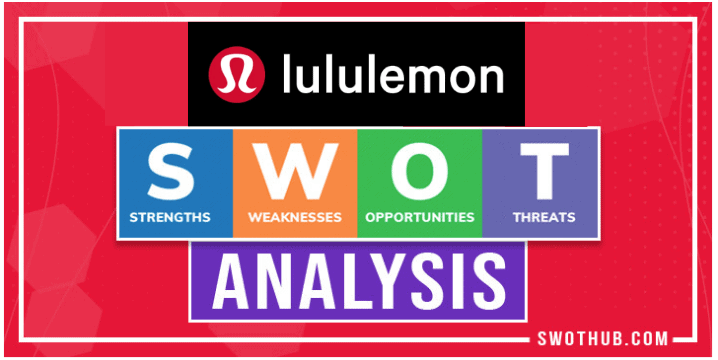

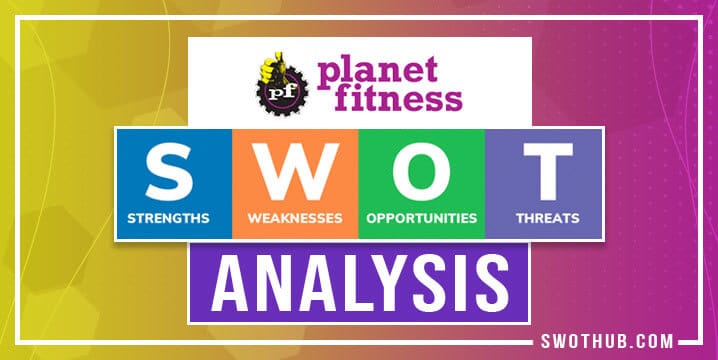
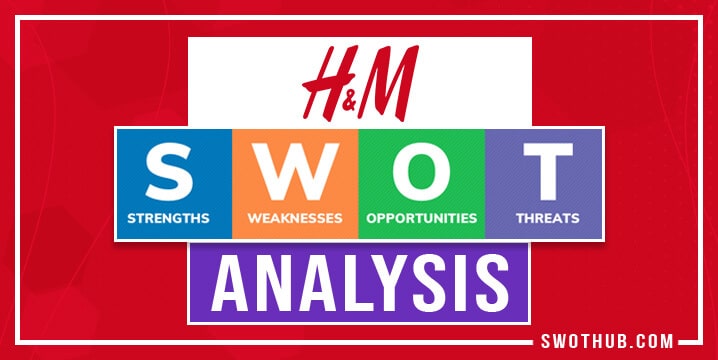
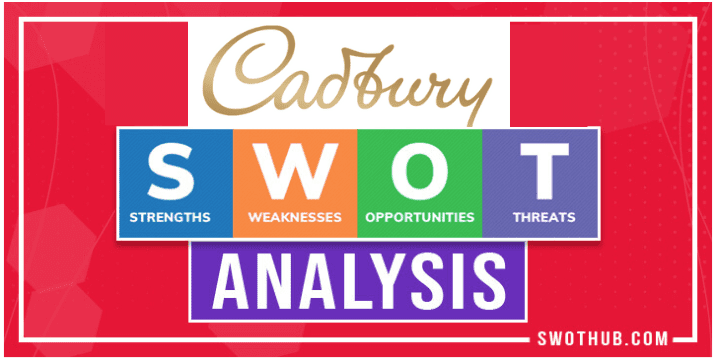
Pingback: 2023 Lululemon (NASDAQ: LULU) SWOT Analysis: A Holistic Look at the Company